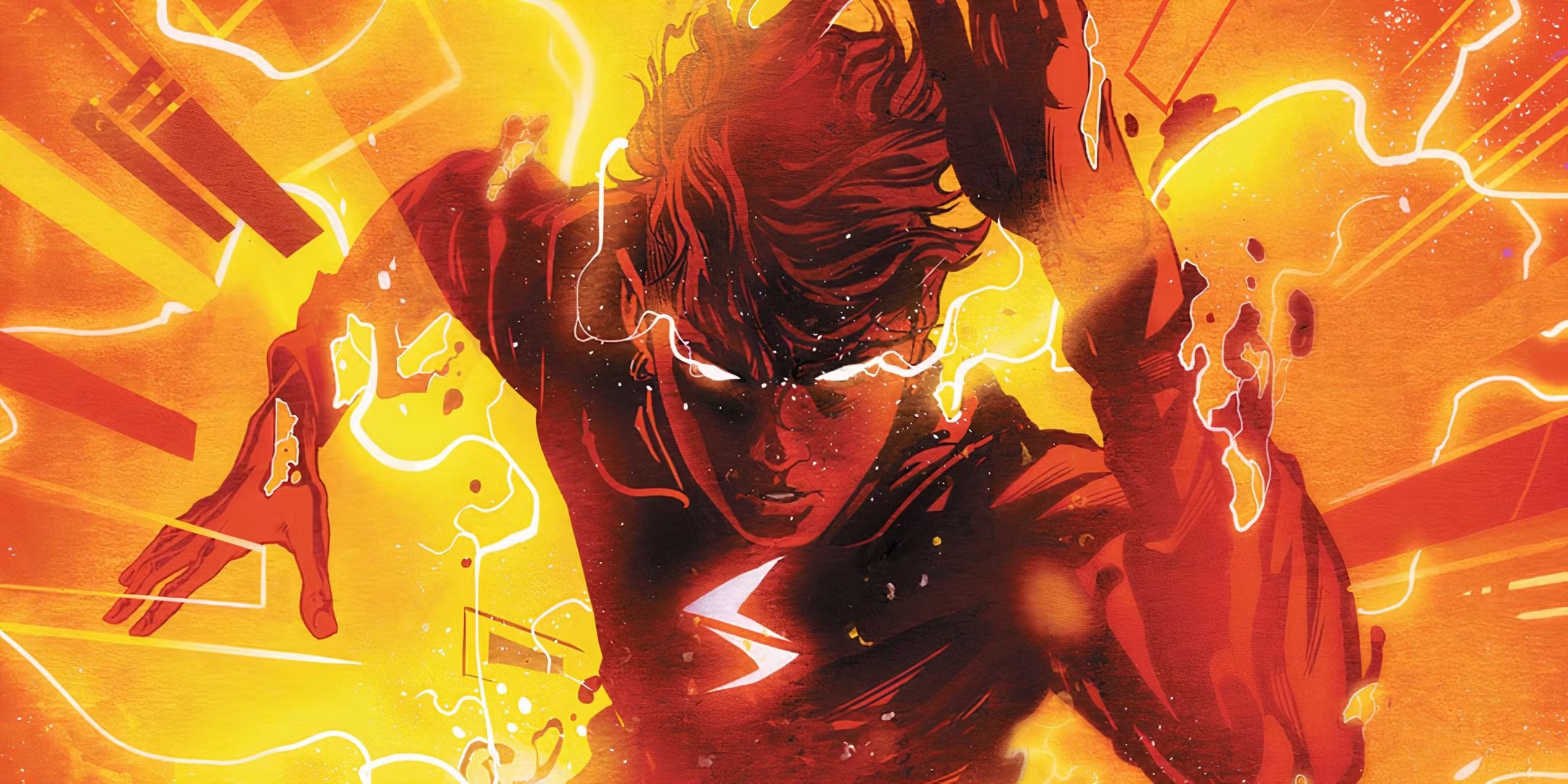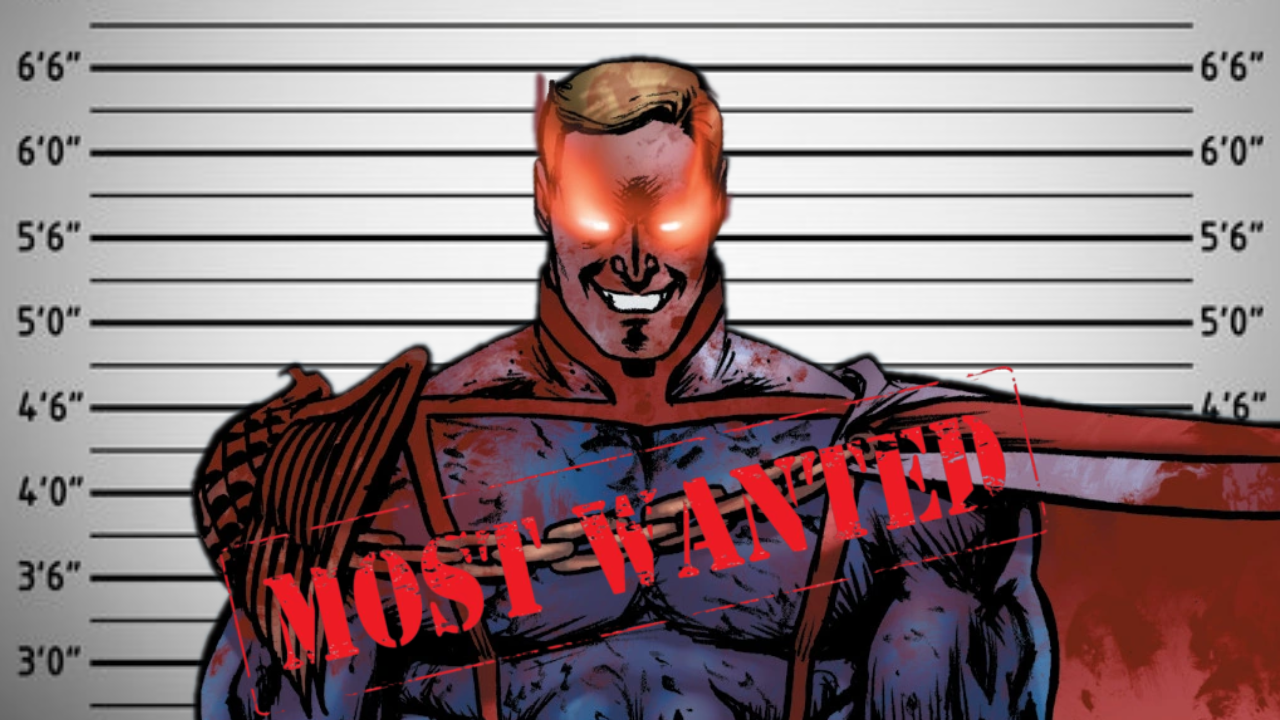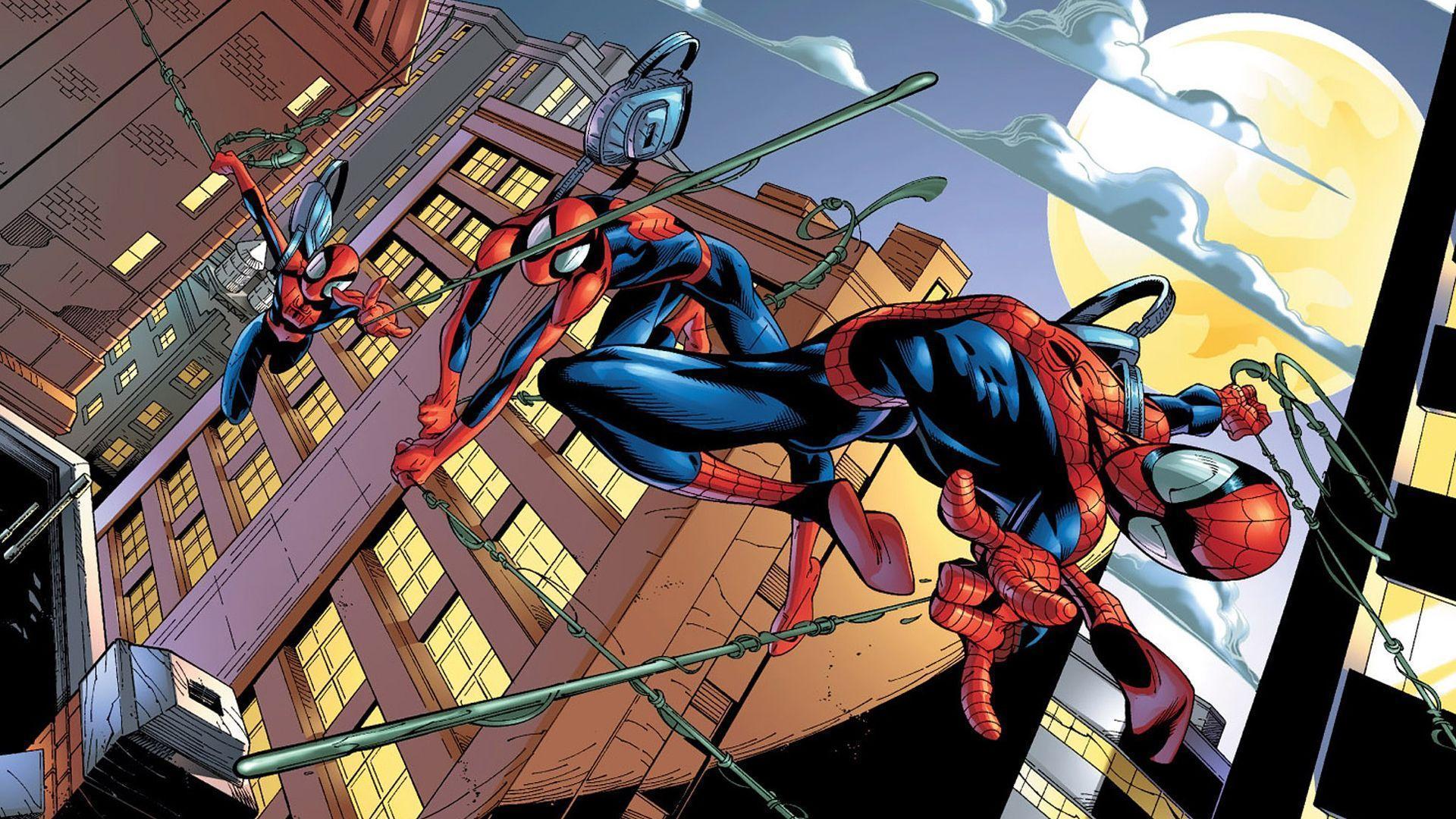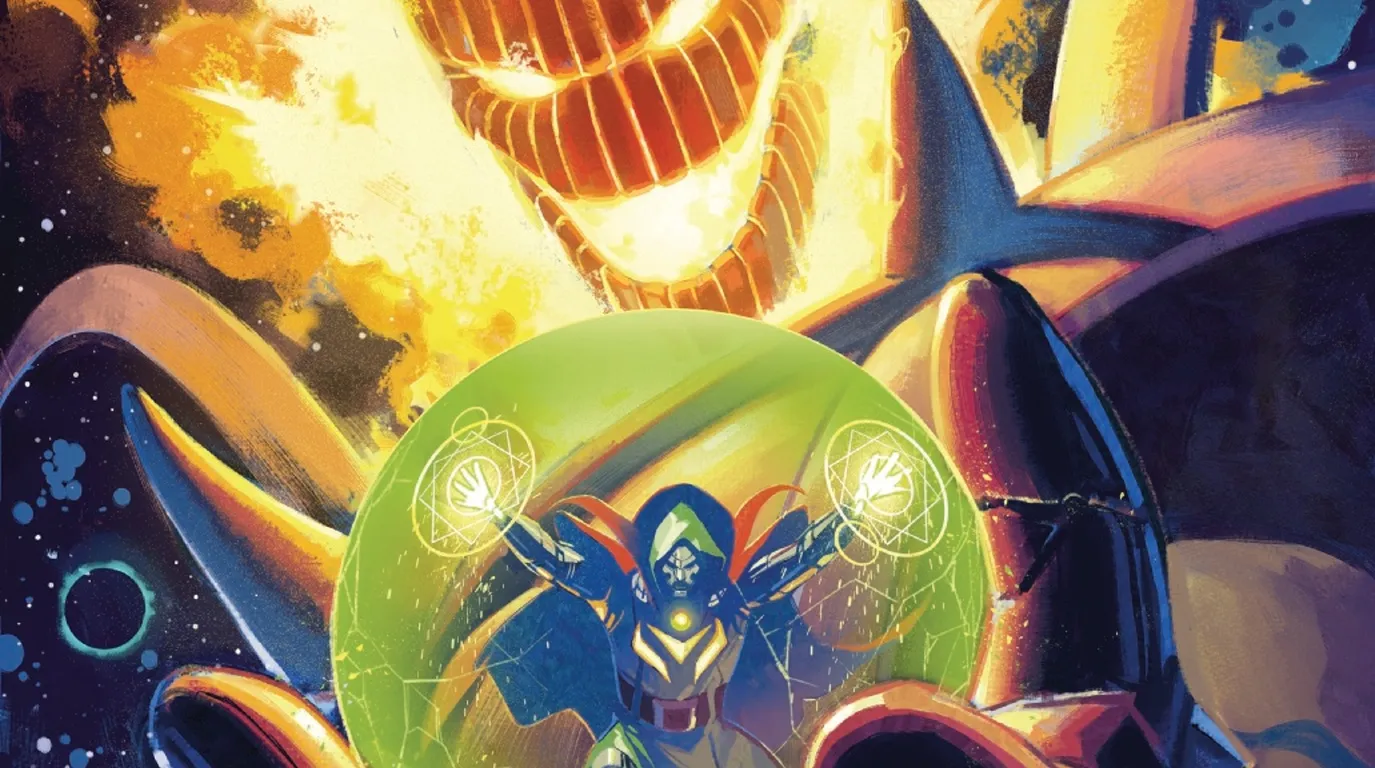DC Comics’ Absolute Universe continues to impress with its reimagined takes on iconic characters, and Absolute Flash #1 is no exception. Picking up the torch from Absolute Batman, Absolute Superman, and Absolute Wonder Woman, this debut issue brings a darker, emotionally-charged vision of the Scarlet Speedster that delivers a bold, kinetic story paired with vibrant, electrifying artwork. Writer Jeff Lemire and artist Nick Robles manage to revitalize Wally West, giving fans a gripping, character-driven opening that proves lightning can indeed strike twice—or in this case, again and again.
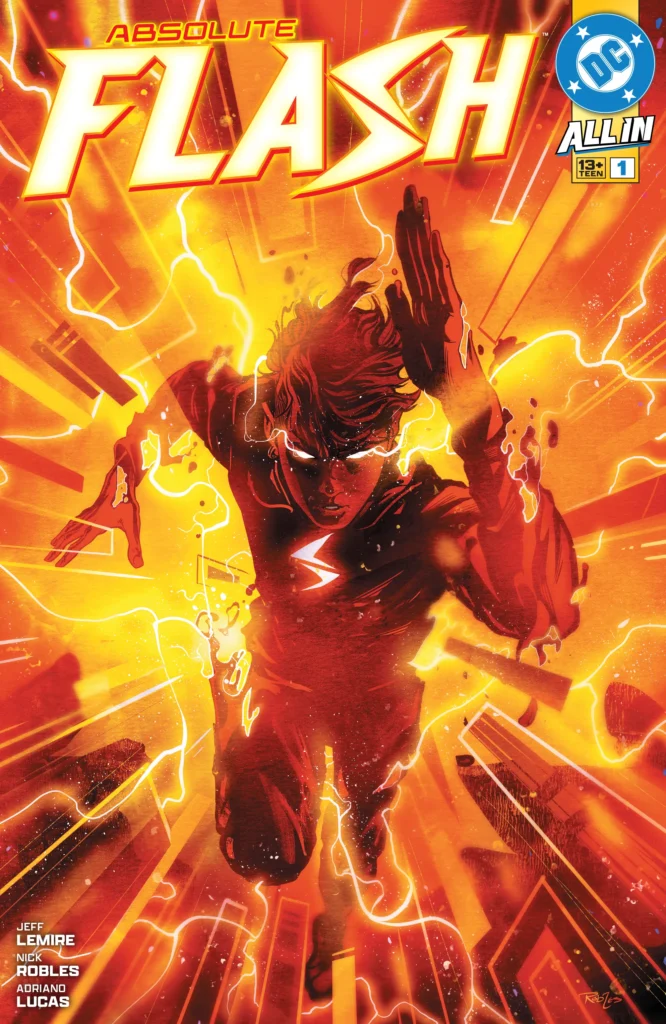
The story opens with a bang—literally—plunging readers into the middle of a desert chase with 15-year-old Wally West running for his life. He’s panicked, confused, and on the brink of collapse, a teenager consumed by anxiety and loss. Through Lemire’s introspective narration, we quickly understand this is a Wally weighed down by more than just speed—it’s the emotional toll of recent trauma and a world spiraling out of control. The clever narrative device of jumping between past and present (or possibly through time itself) mirrors Wally’s overactive mind, blurring the lines between flashbacks and real-time danger. The question of whether Wally is physically time-traveling or simply consumed by the speed of his own thoughts adds a layer of mystery to an already intense plot.
Lemire nails Wally’s voice as a teenager in turmoil. This is a kid still mourning his mother’s death, increasingly alienated from his emotionally distant father, and desperate for connection. Barry Allen, a military scientist working on a mysterious project called Olympus, steps into the mentor role, offering Wally both comfort and a glimpse into a world of dangerous possibilities. Longtime Flash fans will recognize the beats—Barry’s secret lab, experiments with lightning, and the classic origin formula—but Lemire breathes fresh life into these elements by framing them through Wally’s vulnerable perspective. The relationship between Wally and Barry forms the emotional backbone of the issue, making Barry’s eventual death in the cave—a haunting image of his skeletal remains in the red Flash suit—all the more devastating.
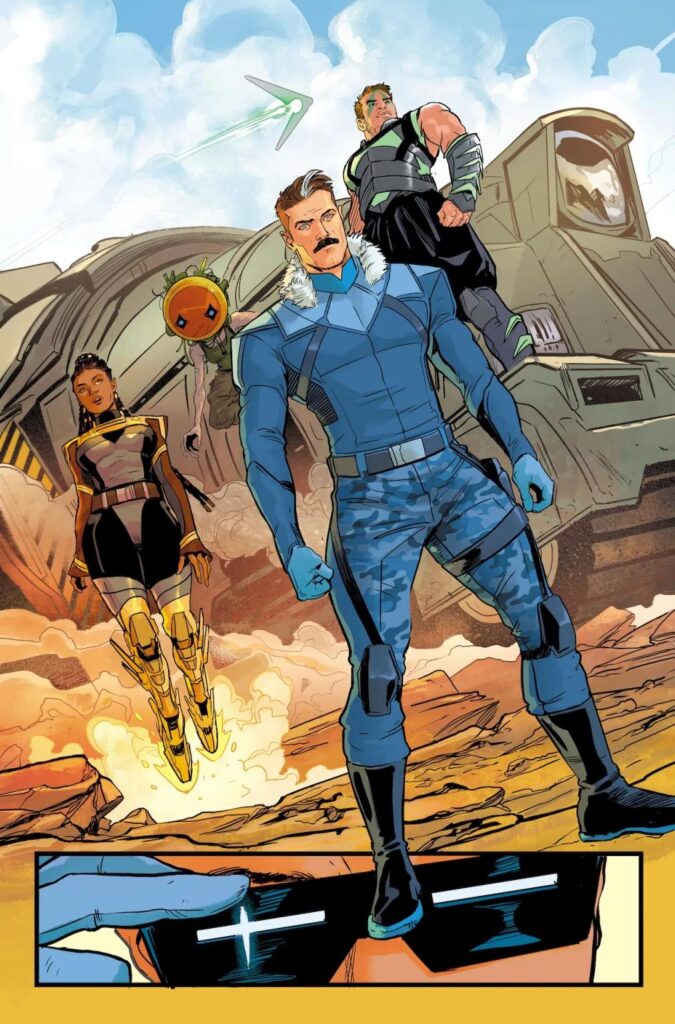
As Wally runs from the repercussions of his choices, he’s pursued by a familiar gang of rogues, reimagined here as military enforcers. Captain Boomerang, Captain Cold, Golden Glider, and Trickster are all present, and their high-tech, government-backed presence raises the stakes significantly. The use of AI-driven drones and advanced surveillance paints a picture of a world veering toward techno-authoritarianism, adding weight to the Absolute Universe’s bleak tone. The rogues are more than just colorful villains; they are tools of control in a world where speedsters—and perhaps all metahumans—are dangerous assets to be managed.
The emotional and thematic depth of Lemire’s script is matched beat for beat by Nick Robles’ artwork. Robles brings a stunning, almost hallucinatory energy to the page, his layouts bursting with motion, chaos, and detail. The speed effects are thrilling, capturing not just Wally’s velocity but his fractured mental state. Robles’ style is at its most impressive during the lab scenes, where lightning crackles against polished metal and glass in a storm of sci-fi spectacle. His designs for the rogues strike a balance between recognizable and militarized, giving each character a distinct but unified look that matches the Absolute Universe’s gritty aesthetic.
Color work plays a significant role in setting the tone of Absolute Flash. Robles employs a moody palette of reds, purples, and electric blues, punctuated by blinding whites and yellows whenever lightning strikes. The visual atmosphere feels charged—unstable, even—which perfectly aligns with Wally’s unraveling sense of control. In quieter scenes, like Wally playing guitar in his bedroom or walking the base alone, Robles shifts to more muted tones, subtly reflecting the emotional void left by his mother’s death and his strained relationship with his father. The artwork makes Absolute Flash not just a story, but an experience of sensory overload, much like Wally’s own perception of the world.
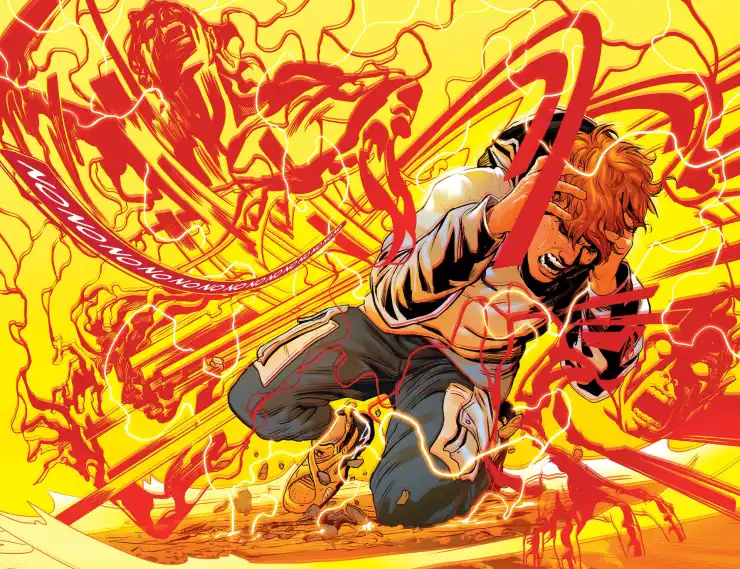
The issue’s final tease—a flash-forward revealing Mirror Master accessing surveillance footage of Wally’s future—hints at a wide scope for this series. We see glimpses of battles to come, mysterious experiments, and the looming specter of Gorilla Grodd, all of which suggest that Wally’s journey is just beginning. Lemire’s passion for legacy characters is evident, and his treatment of Wally feels like a long-overdue restoration for fans who have waited to see the character truly shine again.
In many ways, Absolute Flash #1 is not just a great start to a new series; it’s a reclamation of what makes Wally West one of DC’s most beloved heroes. It’s about speed, yes, but also about the weight of grief, the search for connection, and the mistakes that push us forward—or backward. With a powerful script, jaw-dropping art, and an emotional core that hits like a lightning strike, Absolute Flash is a stunning return for the character and a standout in the Absolute line.

